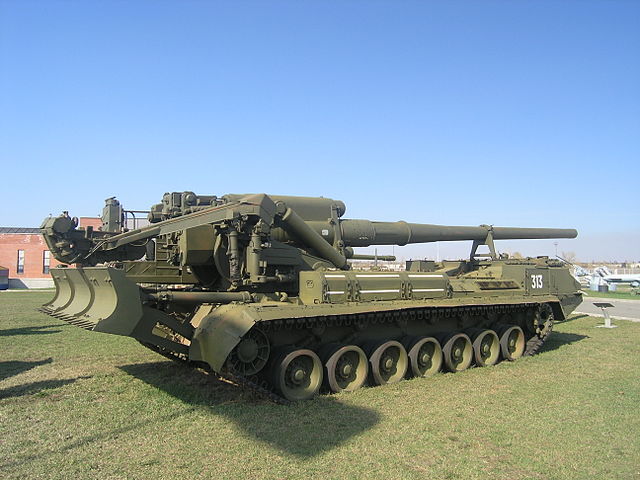kimmo.j
Greatest Leader
Juuri sama loota.@Juna112Porojetsiin
Valitan surkeaa laatua, tämä oli ainoa kuva jonka löysin:

Lähteenä YouTube-video (spoilerissa)
Follow along with the video below to see how to install our site as a web app on your home screen.
Note: This feature may not be available in some browsers.
Juuri sama loota.@Juna112Porojetsiin
Valitan surkeaa laatua, tämä oli ainoa kuva jonka löysin:

Lähteenä YouTube-video (spoilerissa)
Jees, juuri tuo minullakin oli ajatuksissa.. tosin en muista että se olisi juuri käsikranaattien säilyttämiseen ollut osoitettu - mikä ei tarkoita sitä etteikö sitä olisi jopa osoitettu. Minulle ei vain juuri tuosta jäänyt sitä muistoa. Ennemmin suklaa(fazerin sininen) tai mehupullo tms. Noissa ammustelineissä kulki hyvin myös iso cokis-pullo.@Juna112Porojetsiin
Valitan surkeaa laatua, tämä oli ainoa kuva jonka löysin:

Lähteenä YouTube-video (spoilerissa)
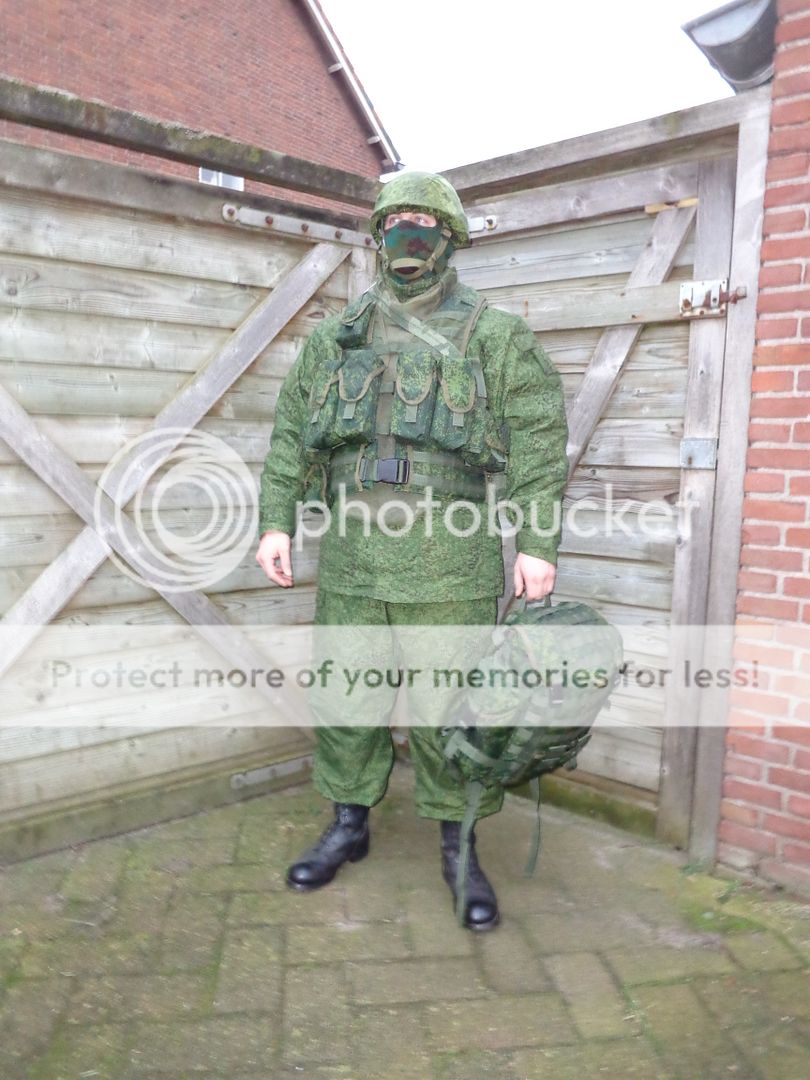
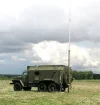
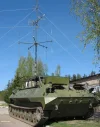

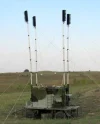

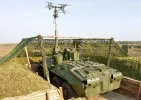
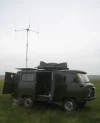
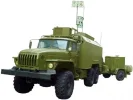

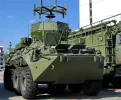
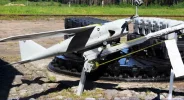
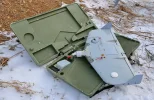
The Russian Way of War -julkaisusta elektronisen sodankäynnin yksiköiden kalustoa.
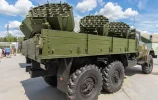


Miten kestävät epäsuoran sirpaleita ja käsiaseiden tulta?
Näinhän se on. Mietin vain, että tuollaisessa kuormassa on paljon sytyttimiäkin sirpaleen tai luodin tiellä.Arvattavasti räjähdysaine on trotyyliä. Jota on suhteellisen vaikea saada räjähtämään. Tutussa telamiinassakin on virikepanos sitä varten.
Näinhän se on. Mietin vain, että tuollaisessa kuormassa on paljon sytyttimiäkin sirpaleen tai luodin tiellä.

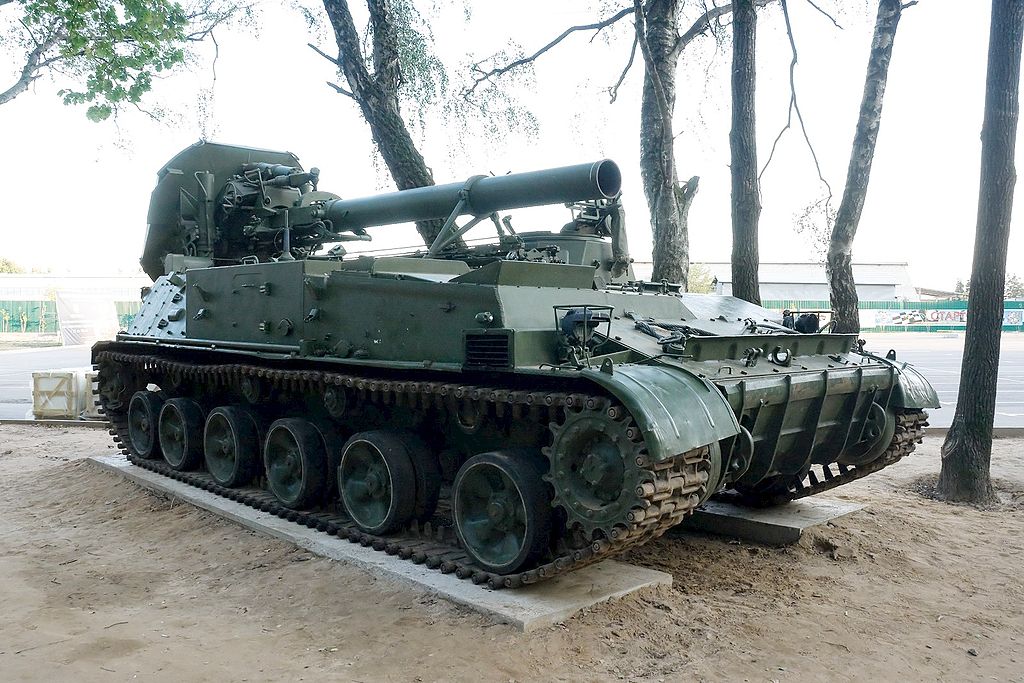

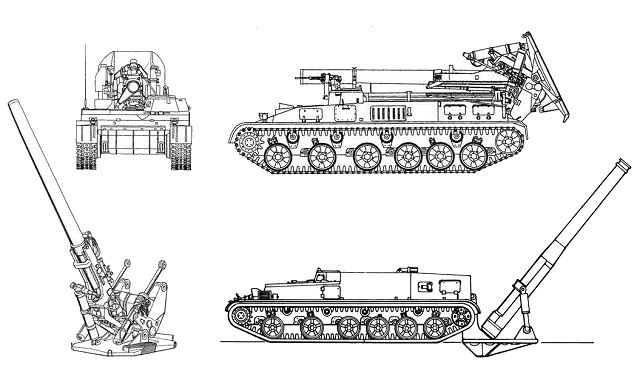
Voitko kertoa tuosta Malka-telakanuunoiden aktivoinnista lisää, kappalemäärät? Tässä ketjussa? Mennyt minulta nimittäin ohi.Venäjä harjoittelee järeillä 240 mm 2S4 Tjulpan -kranaatinheittimillään Viron lähellä. Nämä ja järeät 203 mm 2S7M Malka -telakanuunat aktivoitiin reservistä viime vuoden puolella jossain määrin yllättäen.
Tämän vuoden maaliskuulta (maininta tässä viestissäni, jossa rivien välissä viittaus @vlad:n viestiin jossa asiasta mainittiin ensimmäisen kerran), kappalemääristä ei ollut sen enempää tietoa:Voitko kertoa tuosta Malka-telakanuunoiden aktivoinnista lisää, kappalemäärät? Tässä ketjussa? Mennyt minulta nimittäin ohi.
Ei mitään tietoa, miten luotettava tämä sivusto on, mutta sen mukaan versiota 2S7M tehtiin alun perin 66 kpl. 2000-luvulla useimmat pantiin reserviin.
http://www.tanks-encyclopedia.com/coldwar/USSR/2s7-pion
Wikin mukaan taas aktiivikäytössä olisi 20 kpl. Huomatkaa muuten erot alkuperäisversion valmistusmäärissä, 500-1.000 kpl.
https://en.wikipedia.org/wiki/2S7_Pion
Niin, minua kiinnostaa suuresti juuri tuo. Ulkoisestihan nuo ovat varmaan hyvin samannäköisiä, jos luotamme tanks-encylopediaan, niin:Jutussa tosin puhutaan 2S7 Pionista mutta todennäköisesti kyseessä on sen päivitetty versio 2S7M Malka.
Nyt kun vielä miettii tarkemmin, niin kyse oli kuitenkin Venäjän puolustusministeriön tv-kanava Zvezdan jutusta, joten se vähentää todennäköisyyttä sille, että kyseessä olisi ollut toimittajan lapsus.Niin, minua kiinnostaa suuresti juuri tuo. Ulkoisestihan nuo ovat varmaan hyvin samannäköisiä, jos luotamme tanks-encylopediaan, niin:
Modernization under the code “Malka” (2S7M) started in the 1980s with the 84B multifuel engine and changes to the engine-transmission compartment. In February 1985, an upgraded chassis was tested as well, and the range was superior. Digital displays with automatic data reception were later received and ammo storage modified, up to 8 rounds. The loading system was also possible vertically. The vehicle could fire up to 2.5 rounds per minute. New control equipment was also adopted for the electrical and hydraulic power units. The crew was reduced to 6.
Käytettävissä olevien tietojen mukaan Malkoja oli 66. Ja Pionit on työnnetty muille entisille neuvostotasavalloille. Siksi olisikin huolestuttava merkki, jos uudelleen riviin tuodut olisivatkin oikeasta näitä vanhempia Pioneja. Niitä ei A) pitäisi edes olla Venäjällä, B) mikä ylipäänsä ajaa Venäjää ottamaan uudelleen käyttöön kalustoa, joka on varmasti hyvin hankalasti henkiin herätettävää. Valmistautuvat kahakkaan jossain päin.
Eniten kulmani kohoaisivat, jos lukumäärät kasvaisivat tuosta mainitusta...

